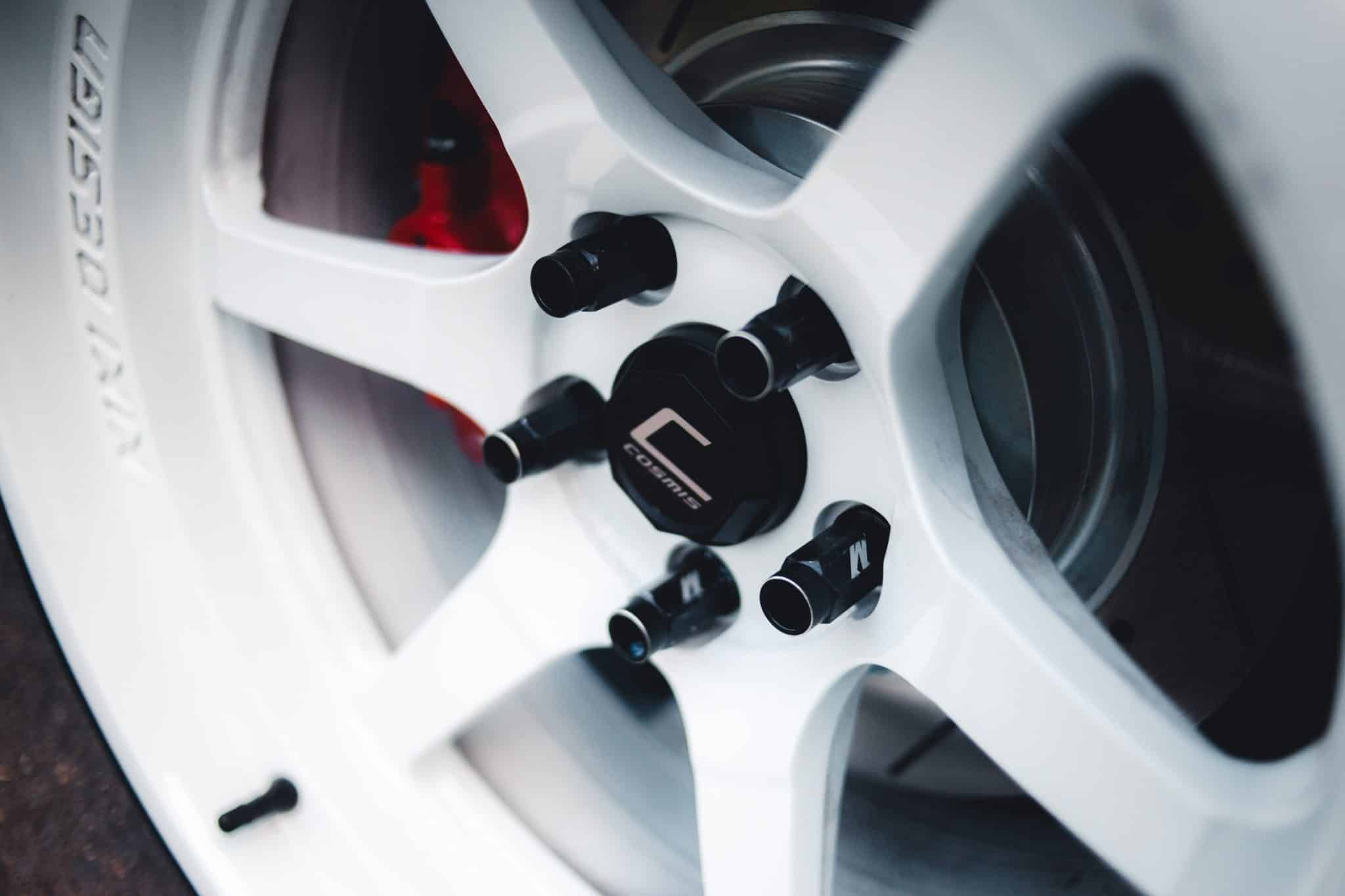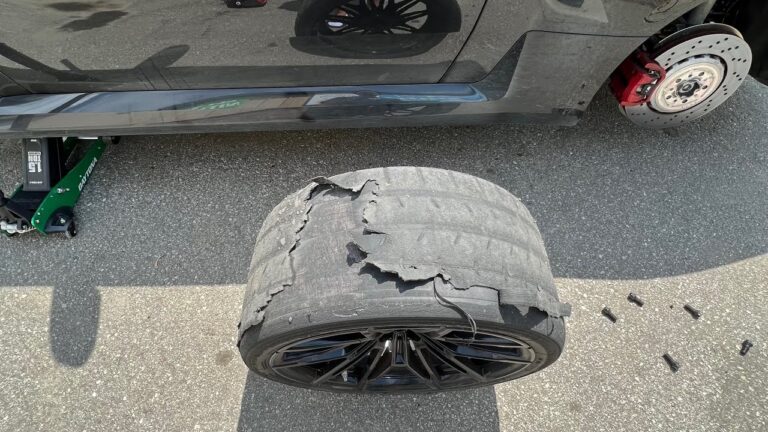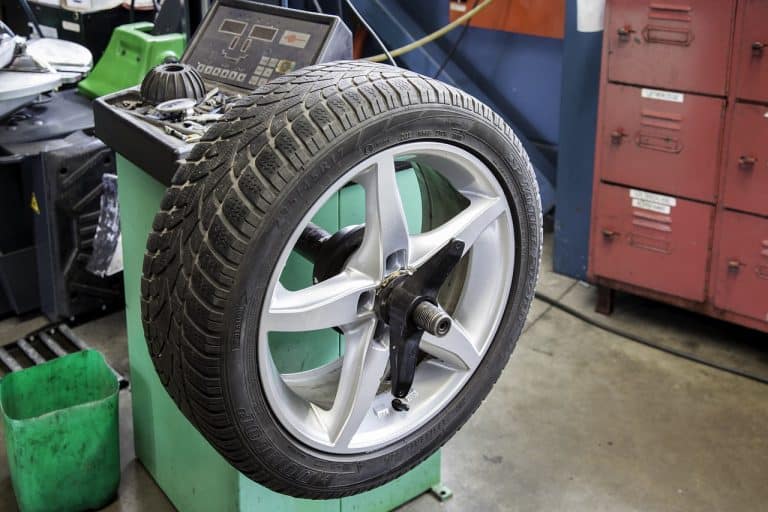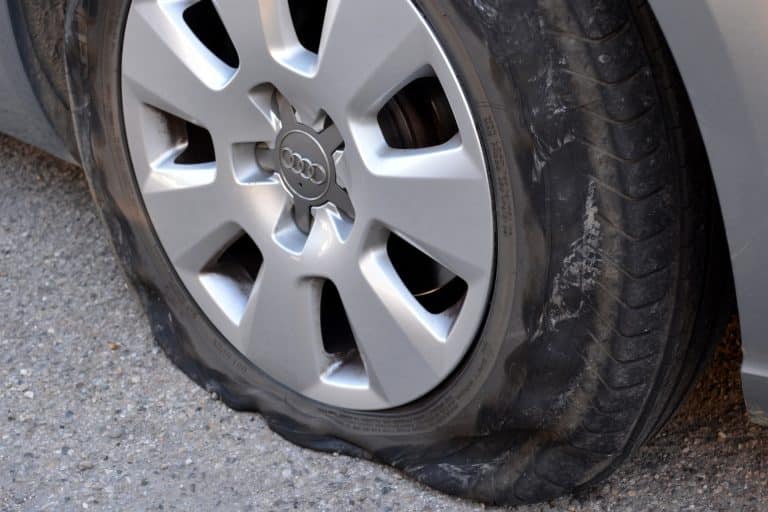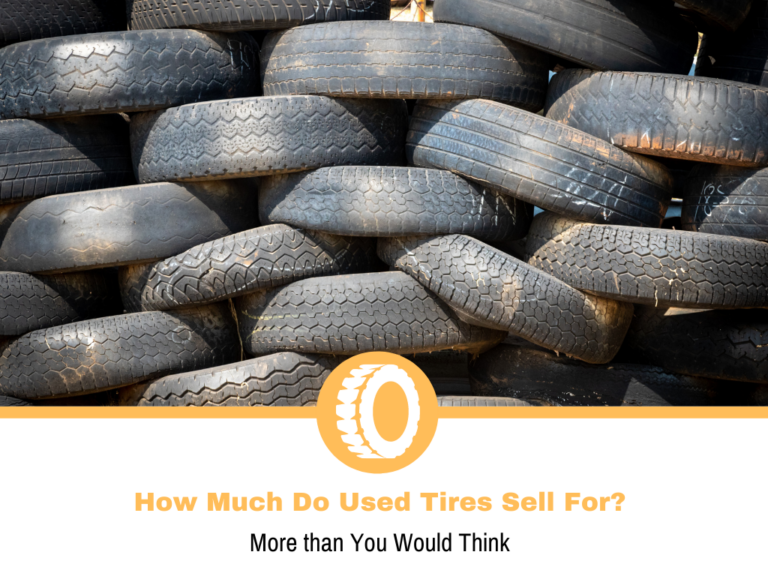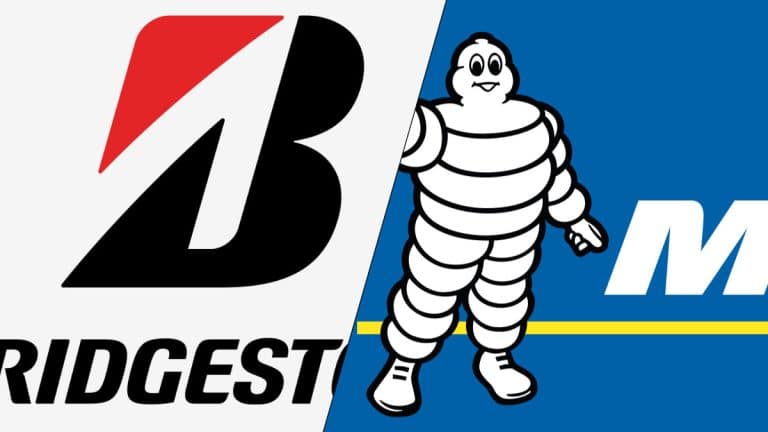What is a wheel bolt pattern, and can you change it?
In every car ever made, there are aspects designed by engineers to serve a purpose. Regardless if it’s a sway bar in front of a drain plug (yes Ford engineers, I’m talking about you), or something that will make your life easier, everything has a purpose. With newer cars I feel like engineers have a beef with mechanics, but let’s not get carried away.
We can talk about some of these as not very crucial, while others are extremely important. Take wheel bolts, for example. You’re looking at a few bolts that may seem unnecessary, but they keep the wheels attached to the car.
In an ideal world, you could fit any wheel to any car with no fuss, but that’s not how things work in the real world. Whenever we talk about wheels, one thing often comes up and that little thing is called a wheel bolt pattern, or just bolt pattern. To be fair, depending on the car in question, we may talk about nuts, but it’s the same principle, so I’ll stick with bolts throughout the article.
If you’re not too deep into this aspect of the automotive industry, you may not know what I’m talking about. To help you out, in today’s guide, I’ll explain what bolt patterns are, why we suffer from them, and if there’s a way to change them.
What is a bolt pattern?
Bolt patterns are makings that determine how many bolts we need to fit a wheel to a car and the space between them. There are two numbers involved and an “x” between them, helping you read the markings easily.
You may have read 4×100 or 5×114.3 and wondered what it means. Those numbers are the bold pattern giving you the information about both aspects I mentioned. Let’s talk about each one. The first number determines the number of bolts, while the second one is the diameter of the imaginary circle drawn through the center of each bolt hole.
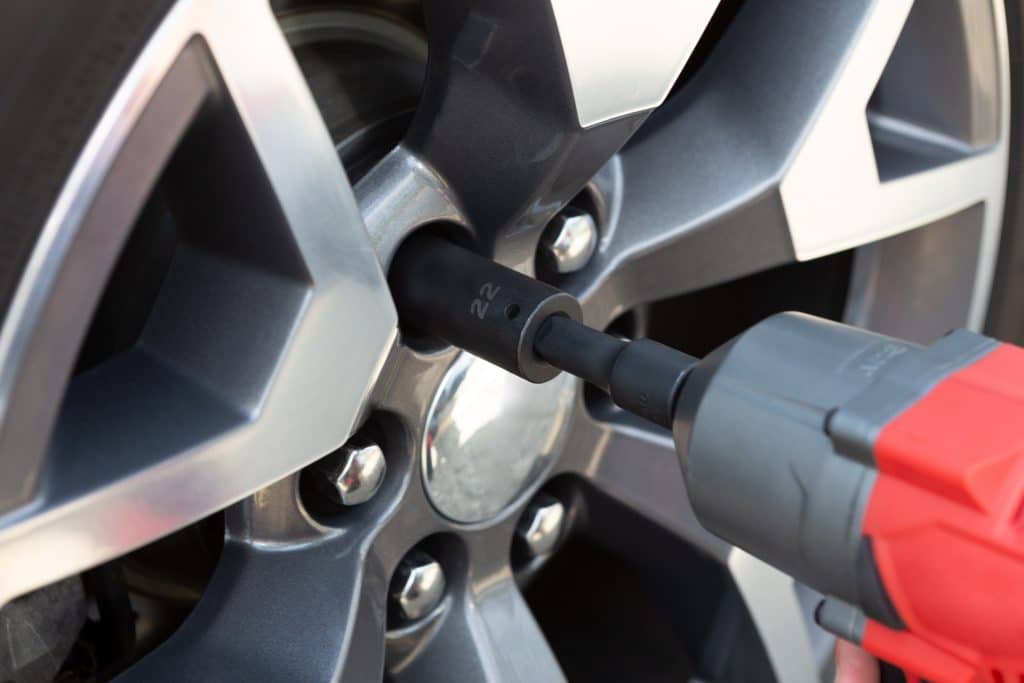
Let’s talk about the examples above. When you see 4×100, it means that you have 4 bolts and the diameter of the circle going through the center of each is 100mm. For the second one, we have 5 bolts and a radius of 114.3mm.
What about cars with only one bolt? Those are center-locking wheels and they are much older than you think. The idea is well over a century old and it’s main purpose is to enable a quick way of removing the wheel. 1 bolt is less than 4 or 5, so it will take less time. It evolved over the years and today’s application for it is in race or hyper cars, mostly.
Why are there different bolt patterns?
It’s tricky to answer this question because there are two sides to it. The first one makes sense, and the second one is the result of engineers. Many wonders of the modern world are thanks to engineers. With that said, I and a plethora of mechanics have them to thank for many headaches.
The bolt pattern consists of 2 parts, so let’s look at the first one – the number of bolts. From this point of view, manufacturers determine the number of bolts based on the weight of the car, for the most part. My Corolla has 4 bolts, because the car barely weighs 2000 lbs., while my IS250 has 5 because it’s over 3500 lbs. Most trucks come with 6 bolts, with some going for 8.
There’s a great deal of sense in all of this. The bigger the weight of the vehicle, the more bolts it needs. Keep in mind that they carry the weight, so it’s normal for larger wheels to have more of them. It’s normal for a Citroen AX to have 3, because the entire car weighs as much as an entire wheel of Dodge Ram, which has 6 bolts.
Not let’s talk about the diameter part, which makes no sense whatsoever. There was never any standard about this, so manufacturers were free to do whatever they wanted with it. Therefore, there are roughly over 70 bolt patterns. If someone knows the exact number, let me know.
The mechanics behind the different bolt patterns are part of the wheel assembly. The hub has the holes or the studs, depending on the make and model, so that will be crucial in determining what kind of wheels you’ll need to get.
How to choose the correct bolt pattern for your car?
You don’t have the luxury to choose. The wheels you get will need to have the same bolt pattern as the original ones. You can get this information from the user manual for the car. Alternatively, if you don’t have access to it, you can check that info online. There are tons of websites with massive databases for this kind of information.
Once you have that, you can start shopping for wheels. Most of the models on the market will come in several varieties, covering the popular patterns on the market. 4×100 or 5×114.3 are pretty common, so I wouldn’t have any problems sourcing wheels with those bolt patterns.
There is some good news. Some wheel manufacturers have models with a dual bolt pattern. For example, several years ago I was looking at the OZ F1 Cup wheels with 4×100 and 4×114.3 so they would fit my Corolla or an Accord from the 90s.
Can you change the bolt pattern?
This is where things get interesting, but the short answer is yes. You’re probably thinking why I said in the previous section that you don’t get to choose the bolt pattern, but now I say that you can change it. It’s not impossible, but it’s not the most practical thing in my opinion.
Let’s say you have a set of wheels you really like, but the bolt pattern isn’t the same one as on your car. The easier solution here is to go with adapters. These are small pieces of metal with drilled holes that enable you to change from one bolt pattern to another.
You tighten the adapters to the hub in the same manner as you’d mount a wheel. With each adapter, you get bolts and screws that you’ll need to mount the wheel to. Essentially, you’re using a piece of steel with some holes to convert from one bolt pattern to another.
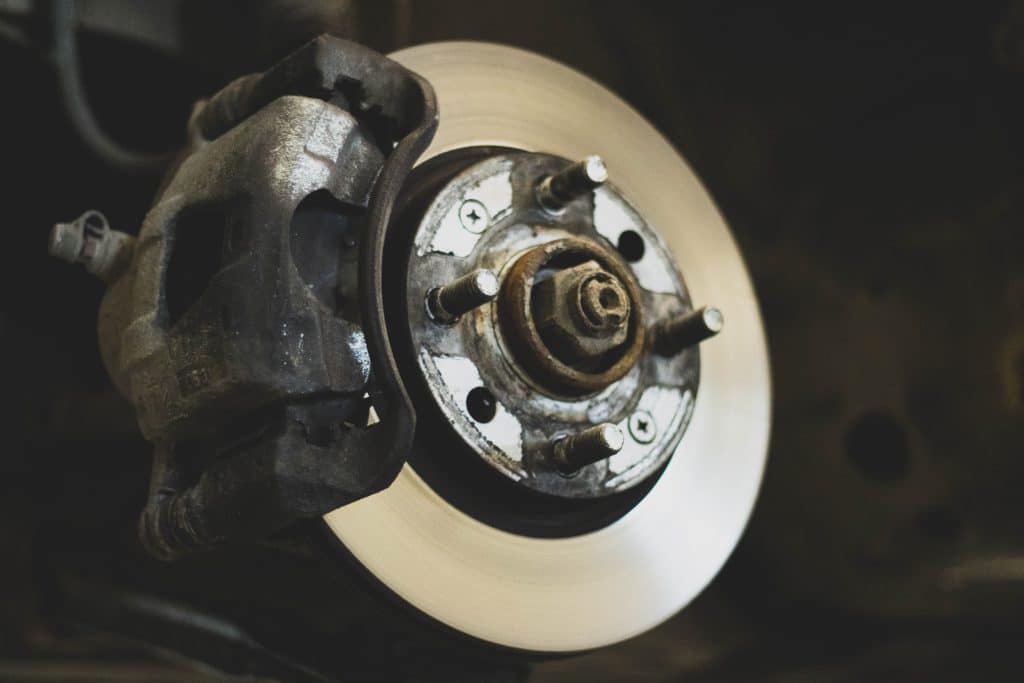
For example, I can get a set of 4 adapters for several hundred dollars and convert the 4×100 pattern on my Corolla to the 5×114.3 from my IS250. This is to enable me to use the same wheels if I can even fit 17 inches in the wheel wells of the Toyota.
The biggest problem with the adapters is the fitment. It’s an excellent idea, but these are basically spacers with holes and screws, so you’ll be pushing the wheels outward, which can cause rubbing. You can compensate for this with the offset, but that can lead to reduced options, depending on the model you have in mind.
Another negative side to this, and this is my opinion, is how they get mounted. If you have some experience with spacers, you know that even a spec of dust can cause vibrations because the spacer isn’t straight, so the same thing will be with the wheel. It’s the same story with the adapters. If you decide to go for this approach, clean everything, or go to a professional that will ensure everything is mounted and torqued correctly.
The second option is the better one, in my opinion, but it’s way more expensive. There are companies that make custom hubs, meaning that you can have new hubs made for your car with the bolt pattern of your choice. I say that this is better because you won’t have to worry about pushing the wheels outward, or if the adapters are mounted correctly.
As good as this sounds, the price is the main reason most people go with the adapters. For someone like me, chancing the bolt pattern on my Corolla will cost more than the car itself, and the only thing I’m getting is a new bolt pattern.
Can you convert to a center locking system?
Yes, fitting my Corolla with a center locking system is as easy as throwing a few thousand dollars down the drain. The procedure is identical to changing the bolt pattern I mentioned in the previous section. There are adapters that enable you to do this, so the pros and cons are the same.
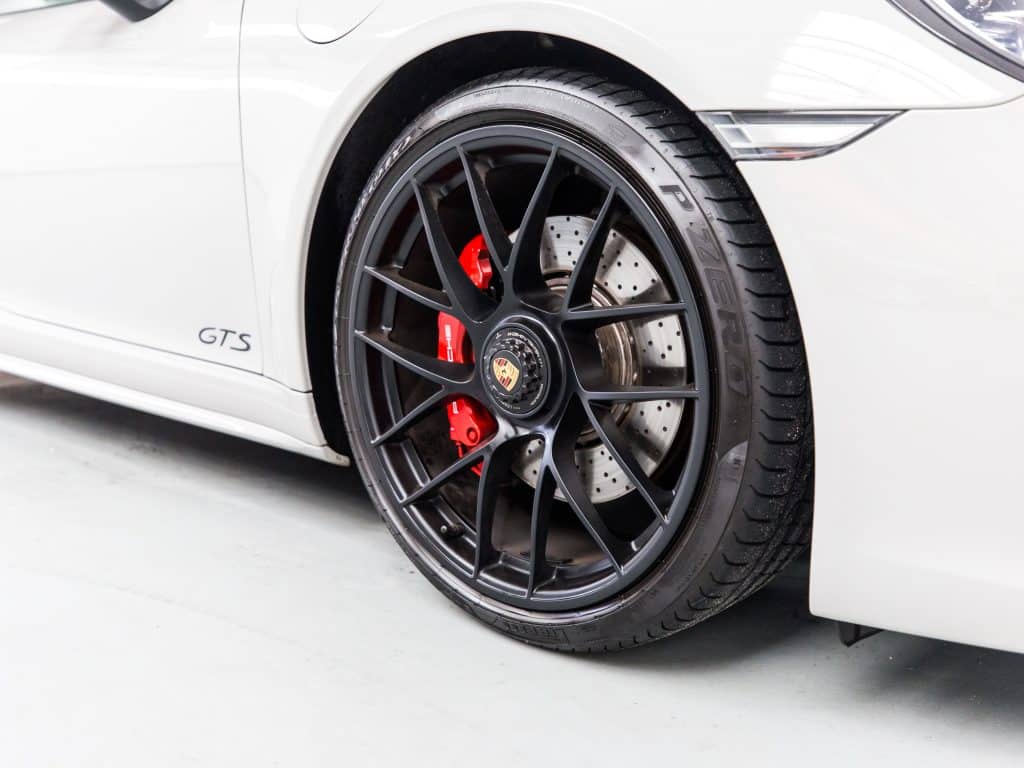
With that said, in this case, the price is something that can really affect your decision. On top of the expensive adapters, you have expensive wheels and some additional equipment required to get it up and running. It seems fancy and if you’re fine with the price, then you can do it. With that said, on the road, there aren’t many advantages to this conversion, apart from the visual.
Conclusion
So, what have we learned today? Bolt patterns make no sense, but we have to deal with them, regardless of how much we dislike the fact that there are so many of them. The explanation behind the number of bolts makes sense, but the diameter doesn’t.
For people that aren’t too much into tinkering, the bolt pattern is something they don’t think too much of. It is what it is and they get wheels with that bolt pattern. Enthusiasts are more willing to change, so they go for adapters custom hubs.
Regardless of which category you fall into, it’s important to note that whatever you do, make sure you do it properly. I’ve seen plenty of half-brain ideas that didn’t end well.
